Let me clarify first: clustered by only distributes your keys into different buckets, clustered by ... sorted by get buckets sorted.
With a simple experiment (see below) you can see that you will not get global order by default. The reason is that default partitioner splits keys using hash codes regardless of actual key ordering.
However you can get your data totally ordered.
Motivation is "Hadoop: The Definitive Guide" by Tom White (3rd edition, Chapter 8, p. 274, Total Sort), where he discusses TotalOrderPartitioner.
I will answer your TotalOrdering question first, and then describe several sort-related Hive experiments that I did.
Keep in mind: what I'm describing here is a 'proof of concept', I was able to handle a single example using Claudera's CDH3 distribution.
Originally I hoped that org.apache.hadoop.mapred.lib.TotalOrderPartitioner will do the trick. Unfortunately it did not because it looks like Hive partitions by value, not key. So I patch it (should have subclass, but I do not have time for that):
Replace
public int getPartition(K key, V value, int numPartitions) {
return partitions.findPartition(key);
}
with
public int getPartition(K key, V value, int numPartitions) {
return partitions.findPartition(value);
}
Now you can set (patched) TotalOrderPartitioner as your Hive partitioner:
hive> set hive.mapred.partitioner=org.apache.hadoop.mapred.lib.TotalOrderPartitioner;
hive> set total.order.partitioner.natural.order=false
hive> set total.order.partitioner.path=/user/yevgen/out_data2
I also used
hive> set hive.enforce.bucketing = true;
hive> set mapred.reduce.tasks=4;
in my tests.
File out_data2 tells TotalOrderPartitioner how to bucket values.
You generate out_data2 by sampling your data. In my tests I used 4 buckets and keys from 0 to 10. I generated out_data2 using ad-hoc approach:
import org.apache.hadoop.util.ToolRunner;
import org.apache.hadoop.util.Tool;
import org.apache.hadoop.conf.Configured;
import org.apache.hadoop.fs.Path;
import org.apache.hadoop.io.NullWritable;
import org.apache.hadoop.io.SequenceFile;
import org.apache.hadoop.hive.ql.io.HiveKey;
import org.apache.hadoop.fs.FileSystem;
public class TotalPartitioner extends Configured implements Tool{
public static void main(String[] args) throws Exception{
ToolRunner.run(new TotalPartitioner(), args);
}
@Override
public int run(String[] args) throws Exception {
Path partFile = new Path("/home/yevgen/out_data2");
FileSystem fs = FileSystem.getLocal(getConf());
HiveKey key = new HiveKey();
NullWritable value = NullWritable.get();
SequenceFile.Writer writer = SequenceFile.createWriter(fs, getConf(), partFile, HiveKey.class, NullWritable.class);
key.set( new byte[]{1,3}, 0, 2);//partition at 3; 1 came from Hive -- do not know why
writer.append(key, value);
key.set( new byte[]{1, 6}, 0, 2);//partition at 6
writer.append(key, value);
key.set( new byte[]{1, 9}, 0, 2);//partition at 9
writer.append(key, value);
writer.close();
return 0;
}
}
Then I copied resulting out_data2 to HDFS (into /user/yevgen/out_data2)
With these settings I got my data bucketed/sorted (see last item in my experiment list).
Here is my experiments.
Basically this table contains values from 0 to 9 without order.
Demonstrate how table copying works (really mapred.reduce.tasks parameter which sets MAXIMAL number of reduce tasks to use)
hive> create table test2(x int);
hive> set mapred.reduce.tasks=4;
hive> insert overwrite table test2
select a.x from test a
join test b
on a.x=b.x; -- stupied join to force non-trivial map-reduce
bash> hadoop fs -cat /user/hive/warehouse/test2/000001_0
1
5
9
Demonstrate bucketing. You can see that keys are assinged at random without any sort order:
hive> create table test3(x int)
clustered by (x) into 4 buckets;
hive> set hive.enforce.bucketing = true;
hive> insert overwrite table test3
select * from test;
bash> hadoop fs -cat /user/hive/warehouse/test3/000000_0
4
8
0
Bucketing with sorting. Results are partially sorted, not totally sorted
hive> create table test4(x int)
clustered by (x) sorted by (x desc)
into 4 buckets;
hive> insert overwrite table test4
select * from test;
bash> hadoop fs -cat /user/hive/warehouse/test4/000001_0
1
5
9
You can see that values are sorted in ascending order. Looks like Hive bug in CDH3?
Getting partially sorted without cluster by statement:
hive> create table test5 as
select x
from test
distribute by x
sort by x desc;
bash> hadoop fs -cat /user/hive/warehouse/test5/000001_0
9
5
1
Use my patched TotalOrderParitioner:
hive> set hive.mapred.partitioner=org.apache.hadoop.mapred.lib.TotalOrderPartitioner;
hive> set total.order.partitioner.natural.order=false
hive> set total.order.partitioner.path=/user/training/out_data2
hive> create table test6(x int)
clustered by (x) sorted by (x) into 4 buckets;
hive> insert overwrite table test6
select * from test;
bash> hadoop fs -cat /user/hive/warehouse/test6/000000_0
1
2
0
bash> hadoop fs -cat /user/hive/warehouse/test6/000001_0
3
4
5
bash> hadoop fs -cat /user/hive/warehouse/test6/000002_0
7
6
8
bash> hadoop fs -cat /user/hive/warehouse/test6/000003_0
9
